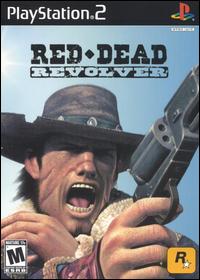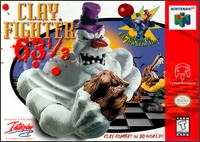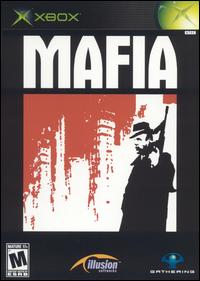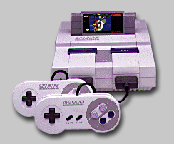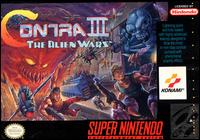Now Playing: Super Mario Bros. 2 (1988)
Topic: Nintendo (NES)
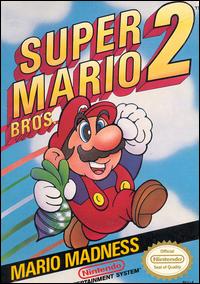
Often considered the oddity in the Mario Bros. franchise, Super Mario Bros. 2 was, as the title indicates, the second of three installments on the NES in Nintendo's flagship series. To the surprise of many, Mario 2 differs greatly from its predecessor, and it isn't a bad thing. From the outset, it doesn't technically take place in the Mushroom Kingdom, which is now safe for the time being apparently. It takes place in what is called the Sub-Con, a dream like world controlled by Wart, the frog-like villain. SPOILER ALERT: the entire game is taking place inside Mario's dream!
That alone makes Mario 2 such a standout, as that already the second game into the series, Nintendo was already shaking up its formula. This game does not feature many of the franchise signatures like goombas, question blocks, jumping on enemies to kill them, and Bowser! Yeah, no Bowser in the game! Also, it isn't 2-player either, but you can choose from up to four different characters, and of course Mario and Luigi, but also for the first time ever, Toad and Princess Toadstool. What is unique is that each of the four legendary Mario Bros. characters have their own defining abilities and strengths; which I would say is fairly groundbreaking for the time. For instance, Luigi can jump a lot higher than Mario, or anyone else for that matter. Toad is the strongest character and can pick up enemies faster than anyone else. Toadstool is the weakest, but floats like a feather when she jumps, and Mario is the good old neutral one with complete balance. That in itself is pretty cool.
This is the Super Mario Bros. 2 we all know and love, but it was not the same sequel that was released in Japan. The Japanese sequel is actually much more closely linked to the original Super Mario Bros. for the NES, and it looks and plays just like it, except that it is much more difficult. You can play the Japanese Mario 2 on Super Mario All-Stars for the SNES under the moniker Super Mario Bros.: The Lost Levels. Also, you can download the original Japanese Mario 2 on the Wii's Virtual Console if you should so desire. The American version of the game is basically an identical game to the Japanese game Doki Doki Panic, and I've seen screenshots of Doki, and it really looks to be the same exact game aside from a few minor enhancements. Why was this then made into Mario 2 in the USA? I'm not totally sure, but, you know what? It doesn't matter, because the game is awesome! It is definitely one of the best games on the NES and it more than a worthy addition to the Mario series.
Even though Mario 2 is so much different, some elements of this game carried over into future games in the series. For instance, the ability to pick up things and throw them is seen in practically every other Mario game to date, including the newest entry - New Super Mario Bros. Wii (previously reviewed here on Ethos). Not only did it contribute great gameplay mechanics to the Mario lore, but also some enemies and timeless music themes as well. Enemies like the Shy-Guys and Bob-Ombs have become staples in the franchise, and some others as well.
I know I haven't talked too much about how the game is itself, but believe me, it is loads of fun. Despite the fact that it boldly defies the franchises core concepts, again, it doesn't matter, because Super Mario Bros. 2 is a classic NES game. It is remembered as the oddity, but, play it and see for yourself how great it really is - it has that trademark Nintendo quality we all grew up with. If you can track down an original NES cartridge of it, I would say do that. If not, this particular game is also available for the Wii's Virtual Console in addition to its estranged Japanese version. I'd stick with the American version though, it's far superior. It's Mario Madness!
-Kurt L.
_______________________________________________________
Updated: Friday, 5 February 2010 9:58 AM EST
Post Comment | Permalink | Share This Post




